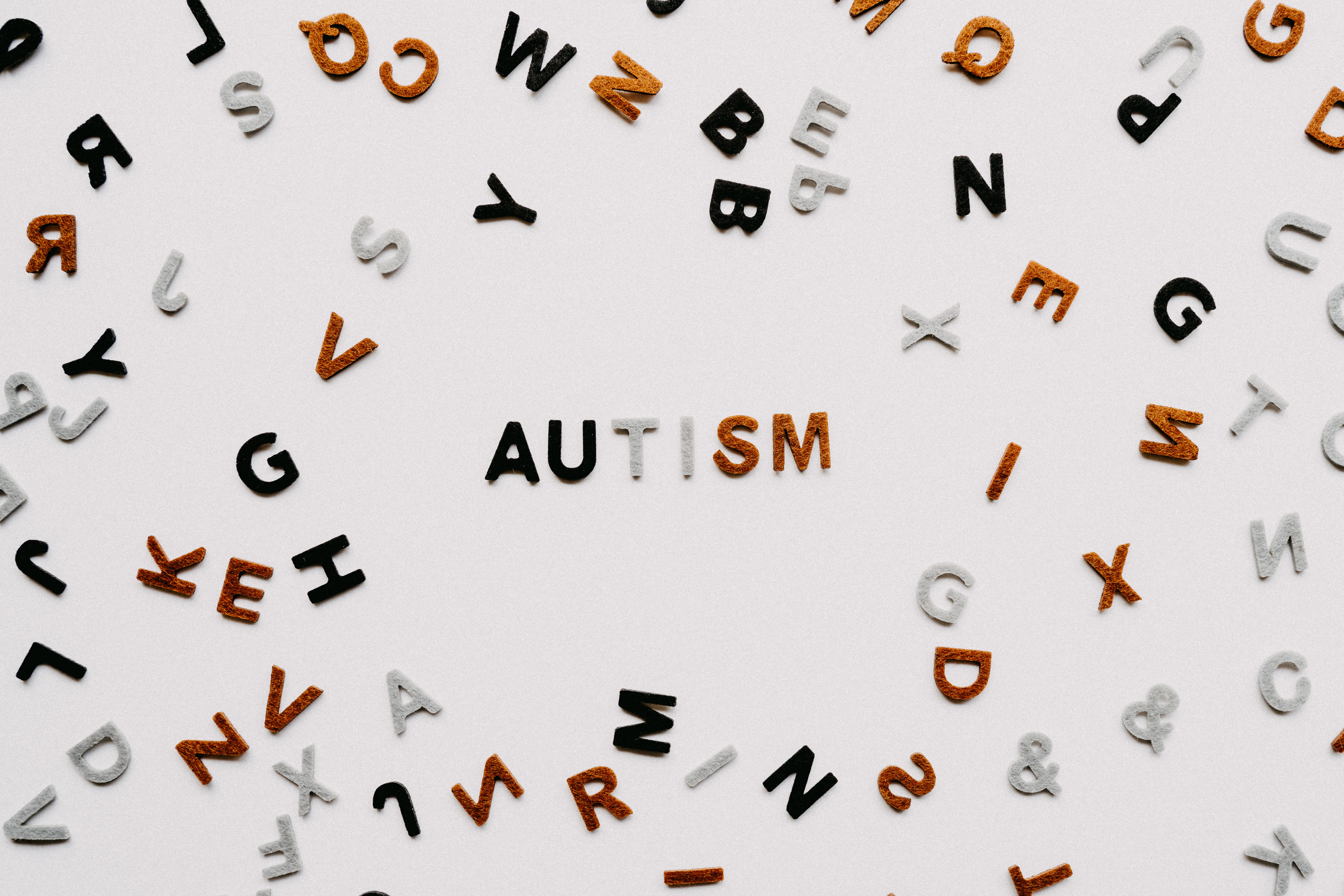Asperger Syndrome is a neurodevelopmental disorder that affects an individual’s ability to socialize and communicate effectively. However, individuals with Asperger Syndrome often possess unique abilities that can be valuable in certain fields, such as technology. In this blog post, we will discuss the importance of neurodiversity in technology, particularly in the context of Asperger Syndrome, and the challenges that must be addressed to ensure a more inclusive future.

Neurodiversity in Technology
Neurodiversity refers to the idea that neurological differences should be recognized and respected as any other human variation. In the context of technology, neurodiversity can bring a lot of benefits. Individuals with Asperger Syndrome often have exceptional skills in areas such as pattern recognition, attention to detail, and logical reasoning. These skills are highly valued in fields such as software development, data analysis, and cybersecurity. Many tech companies have recognized the value of neurodiversity and have launched initiatives to hire more individuals with Asperger Syndrome and other neurodiverse conditions.
Future Challenges
Despite the growing recognition of neurodiversity in technology, there are still many challenges to be addressed. One of the biggest challenges is the lack of understanding and accommodation for individuals with Asperger Syndrome in the workplace. Many companies are not aware of the unique needs of neurodiverse employees, such as the need for clear communication, structured tasks, and sensory accommodations. Training and education are crucial to help companies create a more inclusive environment for neurodiverse employees.
Another challenge is the stigma and discrimination that individuals with Asperger Syndrome face in society. Many people with Asperger Syndrome have experienced bullying, exclusion, and discrimination. This can have a significant impact on their mental health and wellbeing, making it more difficult for them to thrive in the workplace. Raising awareness and promoting acceptance of neurodiversity is crucial to creating a more inclusive society.
Conclusion
Asperger Syndrome and neurodiversity can bring unique perspectives and skills to the tech industry, making it more innovative and inclusive. However, there are still many challenges to be addressed, such as lack of understanding and accommodation in the workplace, and stigma and discrimination in society. It is up to all of us to work towards a more inclusive future, where neurodiversity is recognized and celebrated as a valuable human difference.
Fact in tribute to my daughter
A new study conducted by leading autism researchers has revealed that low-level autism is more prevalent in girl children with language disorders than previously thought. The study, which was published in the Journal of Autism and Developmental Disorders, found that girls with language disorders were more likely to exhibit symptoms of low-level autism than boys with similar language disorders.
The study’s lead researcher, Dr. Sarah Johnson, explained that the findings have important implications for the diagnosis and treatment of autism in girl children. “We know that early intervention is key when it comes to autism, but many girl children with language disorders are not being diagnosed with autism until much later in life. This study highlights the need for better screening tools and more awareness among healthcare professionals.”
The study analyzed data from over 1,000 girl children with language disorders and found that 10% exhibited symptoms of low-level autism, such as difficulty with social interaction and repetitive behaviors. The researchers also noted that the symptoms of low-level autism in girl children with language disorders may be more subtle than in boys, making it harder for healthcare professionals to detect.
The findings of the study have been welcomed by autism advocacy groups, who have long been calling for more research into the unique challenges faced by girl children with autism. “This study is an important step towards better understanding and supporting girl children with autism,” said Jane Smith, CEO of the National Autism Association. “We hope that it will lead to improved diagnosis and treatment options for this vulnerable population.”
The researchers behind the study are now calling for further research to better understand the link between language disorders and low-level autism in girl children, as well as more targeted intervention programs to support their development.
